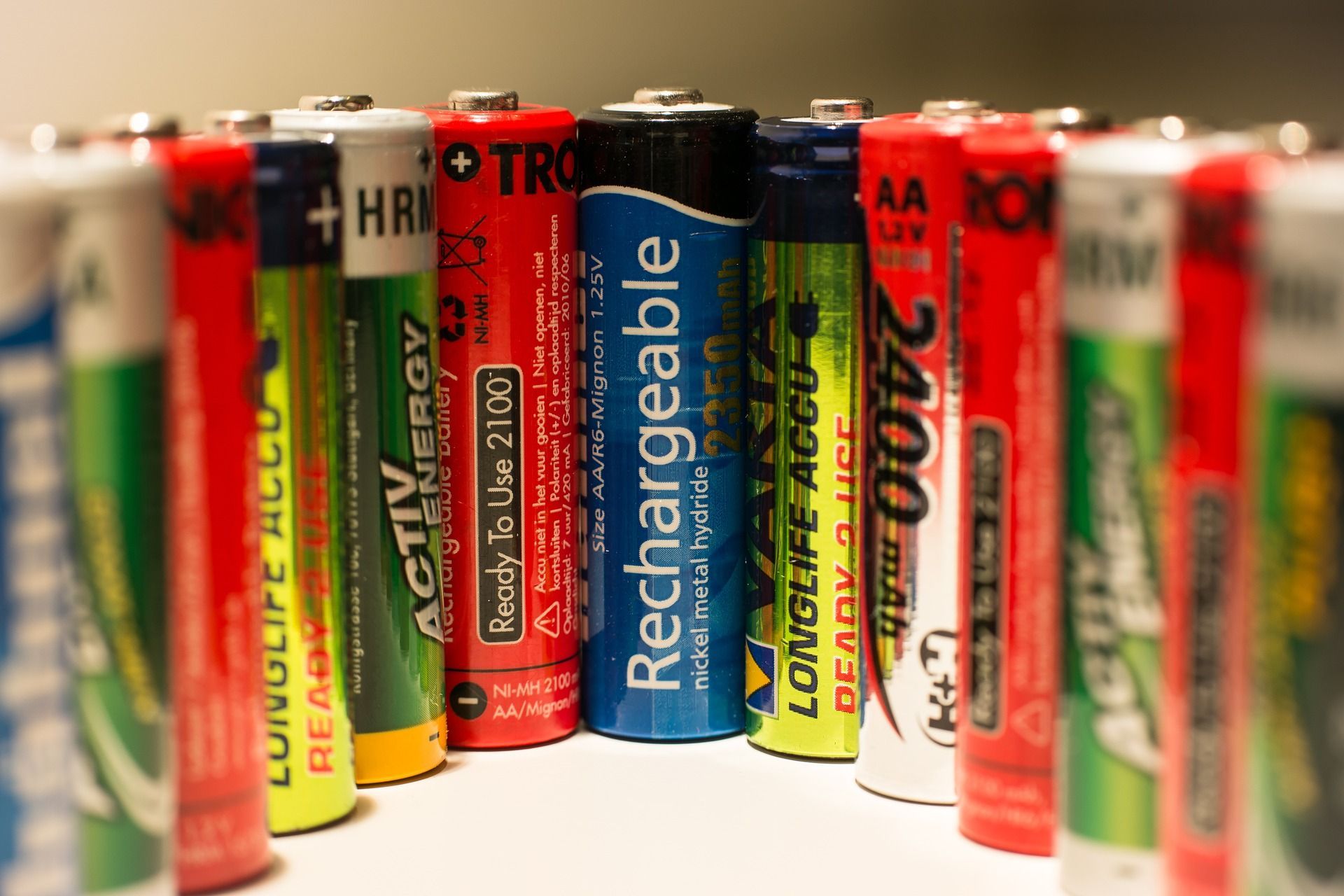
🔋 Mathematical model can give us better batteries
Researchers have found a method to see how different materials can affect lithium metal batteries without having to do any physical experiments.
Share this story!
Lithium-ion batteries are used in everything from mobile phones to electric cars, but they have their limitations, and there is a lot of research on the next generation of batteries. One of them is lithium metal batteries that weigh less, charge faster and can store more energy.
A major problem with lithium metal batteries is that they form a lot of dendrites. It is a kind of "finger" that penetrates the barrier between the parts of the battery and causes short circuits or even fires.
Researchers from Stanford University in the United States have come one step closer to solving the problem. They have developed a mathematical model that shows how and why dendrites are formed.
With the help of the model, they and other researchers can get valuable information about which material combinations are best resistant to the formation of dendrites. Something that can speed up the research process in the field properly, the researchers hope. It is already possible to see that some liquid crystals and gels could reduce the problem of dendrites.
The research team will now go ahead and build a digital twin of lithium metal batteries by using the mathematical model. The digital twin could then be used to conduct experiments with different materials in a computer, instead of running expensive and time-consuming physical experiments.
By becoming a premium supporter, you help in the creation and sharing of fact-based optimistic news all over the world.


